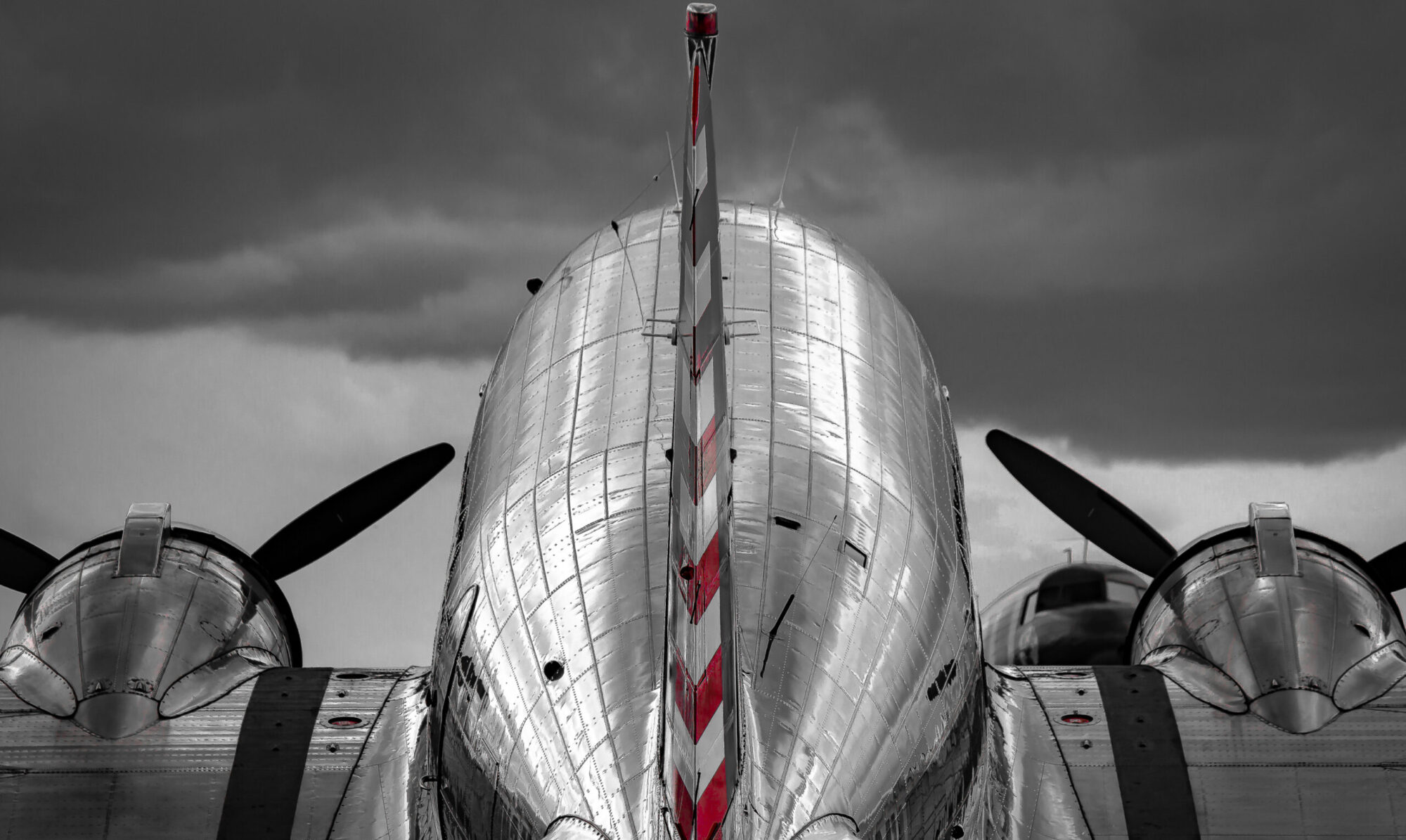This is the way it should feel. This is the way it *did* feel. And it was good to get that feeling back.
I had plans to go to Wichita last weekend to take care of lingering business in town, and to see some of the warm and wonderful friends that I’ve made there. I also knew that the Citation Special Olympics Airlift (CSOA) [http://www.kake.com/home/headlines/Kansas-athletes-transported-to-2014-Special-Olympics-for-free-263166621.html] would launch that Saturday. I’ve been blessed to be part of the event (in which more than 100 private aircraft owners volunteer their airplanes and crews to fly roughly 700 Special Olympics athletes from around the country to the summer games) in 2006 [http://www.aopa.org/News-and-Video/All-News/2006/September/1/The-Wings-of-a-Dove.aspx] and 2010.
The CSOA has held a special place in my heart as one of the best examples of participation-based corporate and philanthropic leadership. Many of the Citation owners involved fly their own aircraft and make it a non-negotiable part of their calendars to spend two Saturdays in June ferrying athletes and their coaches cross country. For corporate owners, the flight departments often take the lead, and crews compete for the opportunity to volunteer.
None of these folks do it for glory or self promotion. They do it because of the feeling.
So when we were planning the weekend’s events, a friend I was staying with mentioned that she had volunteered to be part of the Textron Aviation crowd at the send-off for the Kansas Special Olympics athletes. She then said, “You should come.” I jumped at the chance.
I had not been back inside the Hex at Cessna since leaving the company in January 2012, but it took me back to the first time I was there. The Hex is the nickname for the customer delivery hangar at Cessna’s main corporate office at Mid-Continent Airport (KICT). This is also where the company has traditionally gathered for very special events.
When we arrived, just after 8 am, on the 14th, the athletes were already in the Hex enjoying a light breakfast before departure. In as much stealth as a couple hundred happy folks can muster, we gathered outside the hangar doors on the ramp in front of three CJs. We practiced our cheers, and the way we would “part the seas” for the athletes and coaches as they came out to the airplanes.
Then, the magic moment. The hangar doors lifted [http://instagram.com/p/pWYXxizWLh/] and the athletes saw their “rides” for the first time. For many, it would be their first trip on an airplane. For all of us in the volunteer crowd, who love aviation and know its worth, it was a validation of that worth, and acknowledgment of the effort the athletes had made to arrive at that moment.
That feeling, that you’re part of something bigger, something worth more than a stock price, is what had made me proud to be a Cessnan. It was real joy.
I challenge every aviation company to put that value first. It may just be what saves us.
from June 17, 2014
